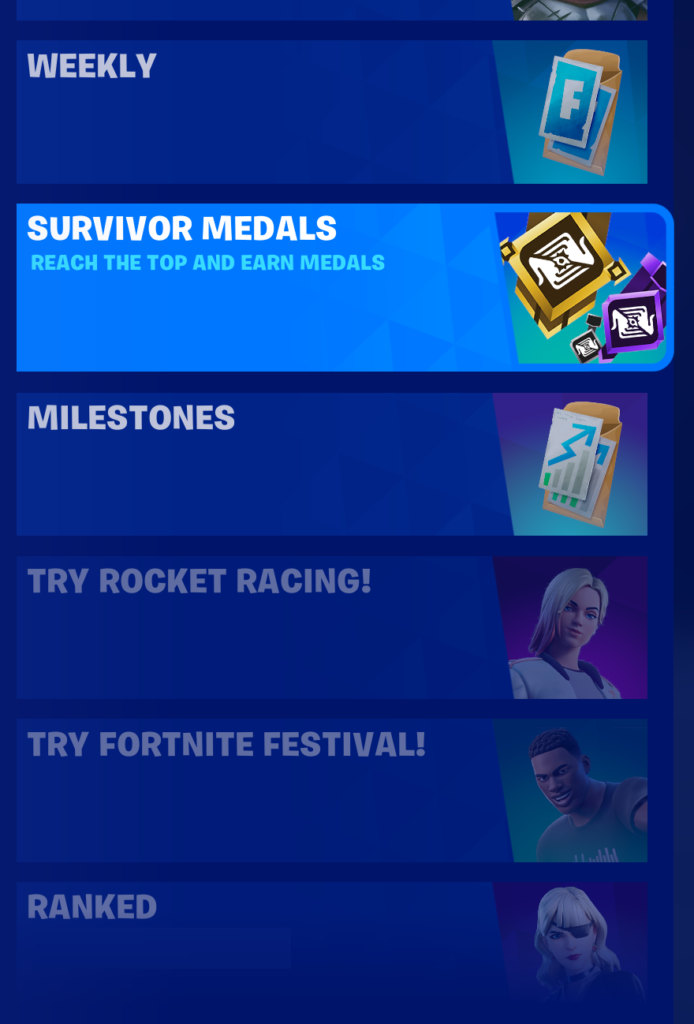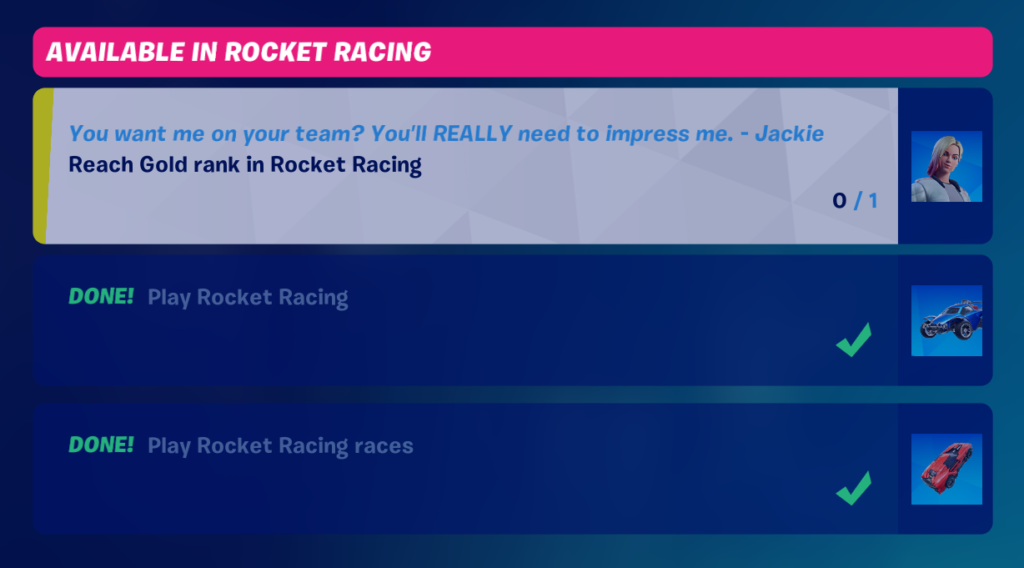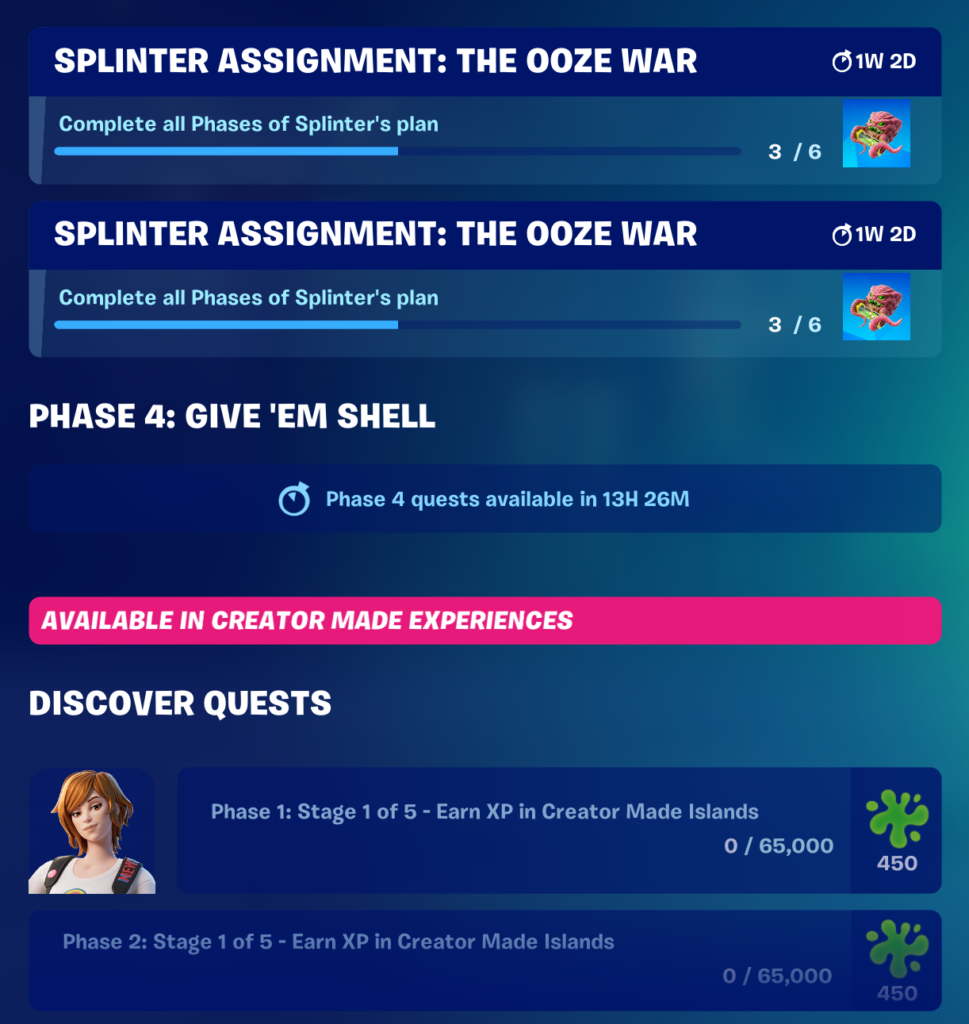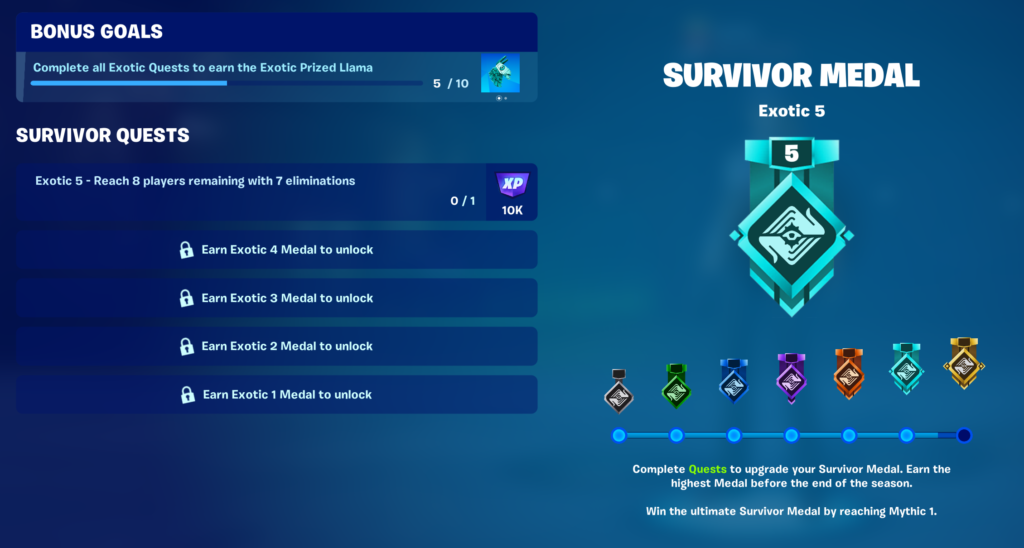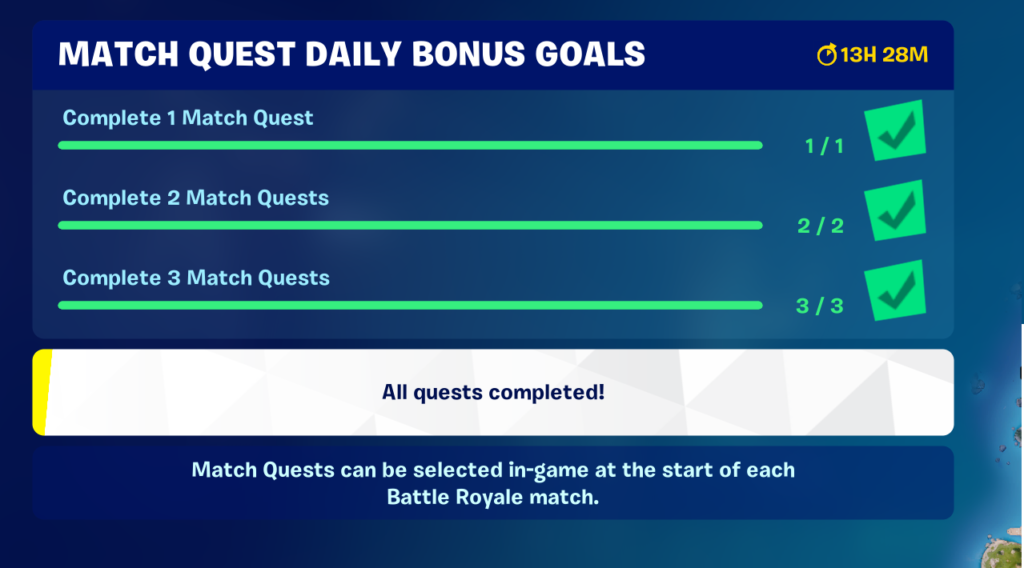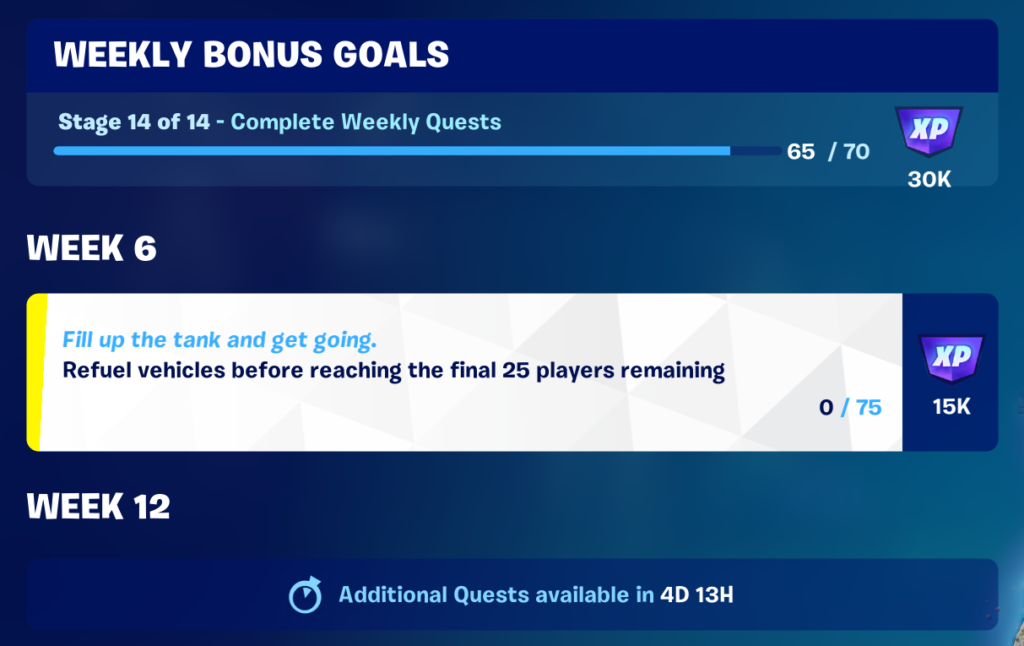There are a few different takes on the current round of layoffs. There is a lot of concern for the workers and vitriol for the companies involved. I am trying to balance that a little in my brain with an acknowledgment that layoffs in the middle to end of January are better than layoffs in December. I appreciate that whatever forces stretched those out through the holidays exist, whether it is red tape or empathy. Those layoffs were going to happen, and if you need to understand why, there are many people talking about interest rates and inflation. I understand why you are angry and frustrated if you do not understand those reasons.
I spent some time this week talking to people about how to stand out in a crowded marketplace. For every job opening right now, there must be tens or hundreds or, in some cases, probably even thousands of applicants. What can you do to get the interview and, afterward, get the job?
I have talked recently about resumes. Let’s talk about what happens after you get that sweet, sweet interview.
I want to start by saying that eighty to ninety percent of all interviews will be terrible. That might be an understatement. This might be a “two nines” thing. Many companies have inefficient hiring processes and a considerable lack of empathy towards their candidates. They create artificial real-time gauntlets for candidates to run, and sometimes even painful, time-consuming committees where everyone involved is afraid to endorse a candidate ahead of the pack.
It paints a grim picture, doesn’t it?
At this point, it is important to do some reconnaissance on your prospective job. I have spent no small amount of time interviewing at companies in the past, and the first thing you need to know is what kind of boss the hiring manager will be. I have lumped most hiring managers into two buckets. You have the “best fit” hiring manager, who generally has a scarcity mindset, and you have the “best athlete” hiring manager, who is more likely to be an abundant thinker.
Figuring out which type of manager you will have is a real challenge, especially if the hiring manager is somehow last in the queue. It makes a difference in how you approach the interview.
For starters, I write off the interview if I can figure out that I am interviewing for a “best fit” job. I will throw the script out the window and try to understand how the company got into this situation. Trying to get a “best fit” job is a pain in the buttocks. It is all about making sure that you check every box in the hiring manager’s super-secret checklist. If you miss even one tiny little green checkmark in the hiring manager’s list of “must haves,” you will get a rejection letter. It is like waking up inside a bank with a note in your hand saying, “Ask the teller for 100 dollars cash.” Do you have a photo ID? Do you know your bank pin? Do you have your bank card? Can you fill out the paperwork? Did you sign and date it?
Did you miss one of those steps? You don’t get no hundy dollars.
Is it any wonder I just throw my care out the window when faced with this kind of interview?
Let’s talk about the other kind of interview. The “best athlete” interview is a better gauntlet to run. Unfortunately, it is also less common. The “best athlete” hiring manager wants candidates to get into the job quickly. They want a ” close-ish ” candidate and understand they can train someone to close any skill gaps. They do not want to waste months looking for a candidate that might not even exist.
So how do you excite this particular kind of hiring manager about you?
You want to demonstrate that you have great communication skills. Not just verbal skills but also written skills. You also want to talk about how fast you learn new things. Something I look for is curiosity. If you have an inquisitive nature, you will likely spend time investigating potential problems and issues as a part of your role.
One of the biggest things I also look for is the ability to solve problems. There is a particular flavor of this that I love to see. I like to see people who can solve huge problems with unconventional ideas. If you can persuade the hiring manager that you have this particular “best athlete” skill, it will help you to get this job.
I like to call this kind of individual an “anvil catcher.”
An anvil catcher does exactly what it sounds like. They try to catch really heavy things. You can give your anvil catchers some of your biggest problems, and they will grapple with them until they reach a positive outcome or at least a steady state. Sometimes, it will result in failure. An anvil catcher knows this is okay. After all, you do not automatically catch all your anvils one hundred percent of the time. There is an implicit assumption that you will drop a few spectacularly.
It is good to discuss your positive outcomes as an anvil catcher. Whether or not a hiring manager will respond to stories about failed attempts to catch anvils is debatable. I personally enjoy hearing about these efforts if an important lesson is learned along the way.
I consider myself an anvil catcher. I like to solve hard problems. It also means I focus on the “best athlete” roles if I seek a new role.
As an anvil catcher, qualifying for “best fit” jobs is hard. Some hiring managers fear the extra work they must do to keep you on task. Some hiring managers will feel threatened by your problem-solving skills and will be afraid that you will come after their job. To be candid, if they were thinking about it correctly, they should be attempting to replace themselves. That is one of the best ways to get promoted and solve bigger problems. It takes a lot of courage to make that decision, so I do not get angry or disappointed when I run into this wall. I have had a few comical interviews with people who realized that I could do their job, and they suddenly want you out of the building as fast as possible. I am not saying that I creeped those people on LinkedIn afterward, but if I did, you could bet they were not working for the same company within a year or two. Even worse? They would still be there in the same role eight years later. Either those people got bounced, or they got stuck in an organization where that kind of behavior is the norm.
Now, let’s assume for the moment you are an anvil catcher. It seems cold and horrible for me to say you should blow up the vast majority of potential jobs because you are not a “best fit” for those “best fit” jobs.
Here is some advice to help you avoid some of the landmines in the hiring process. To be clear, I deliberately throw myself on some of these landmines to see if the crater will be visible from space. I do not recommend this approach to everyone, especially if you need a job.
“What kind of role are you looking for?”
This is the question I fail the hardest. Every hiring manager wants to hear, “I want to do this particular job for the next three to five years.” They do not want you to reply, “I enjoy solving problems of any kind, and I like to look at an organization’s biggest problems and see if I can help solve them.” I tend to reply with the latter. I will even preface it with, “You will dislike my answer.” I do not know if that worsens it, but it has never helped me.
“What attracted you to this role/company?”
I also fail this question. Scarce managers are looking for the “passionate” candidate. Whether it means they want someone who desperately loves this job enough to lowball them or think that passion is important for success, they will index heavily on it. I typically tell hiring managers, “I want to work with great people and solve hard problems for millions of consumers.” It might sound a little too mercenarial for some managers’ tastes. I used to think it meant I would be easy to please. However, it meant something different to many hiring managers. I could feel the temperature drop in the room when I said this.
“You have experience with many different things, and we are looking for a specialist.”
This is another one of those painful moments in an interview. I seldom get far enough for this kind of job because if you look at my resume and think I qualify as a specialist, you might want to see your optometrist. Or your psychiatrist. When presented with this statement, I have a flashback to a quote from famed science fiction author Robert A. Heinlein:
A human being should be able to change a diaper, plan an invasion, butcher a hog, conn a ship, design a building, write a sonnet, balance accounts, build a wall, set a bone, comfort the dying, take orders, give orders, cooperate, act alone, solve equations, analyze a new problem, pitch manure, program a computer, cook a tasty meal, fight efficiently, die gallantly. Specialization is for insects.
Reciting this quote from memory is hard, so I do not do that. If you said this to a “best fit” hiring manager, I expect you will be asked to leave the interview immediately.
I suppose I have some specializations, and I love to exercise them to keep my skills and habits current. There is most likely a fear on the part of a hiring manager that you will eventually look at your day job, declare “Not Shiny,” and head off in a new and random direction.
Is this a legitimate fear? It could be. What if “Shiny” was still at the same company? An astute hiring manager would encourage you to pursue your diverse interests if they were valuable to the company. If those interests are not valuable to the company, they should persuade you not to do it or point out that it might mean a change in compensation.
Incidentally, I am not the creator of this term. I have been called an anvil catcher by two previous bosses. I have reached the above conclusions about job interviews through my own experience and many (many) comical and painful interviews — sometimes both. I am familiar enough with the patterns that I do a little fist-pump and “YUSS!” inside my head when the question comes up, and I brace for impact with the landmine.
I hope this story is helpful to at least one person out there.
I apologize for not including a near-random Amazon item link this week. Maybe I shouldn’t. You would not click on it even if I added it anyway.
Regarding the book competition, two people expressed interest in a free copy of “Slaying the Dragon” book. Neither were out of work. I am capriciously awarding it to my editor, who thanklessly adds and removes commas weekly. He does more than that. He keeps me honest.
See you all next week!




